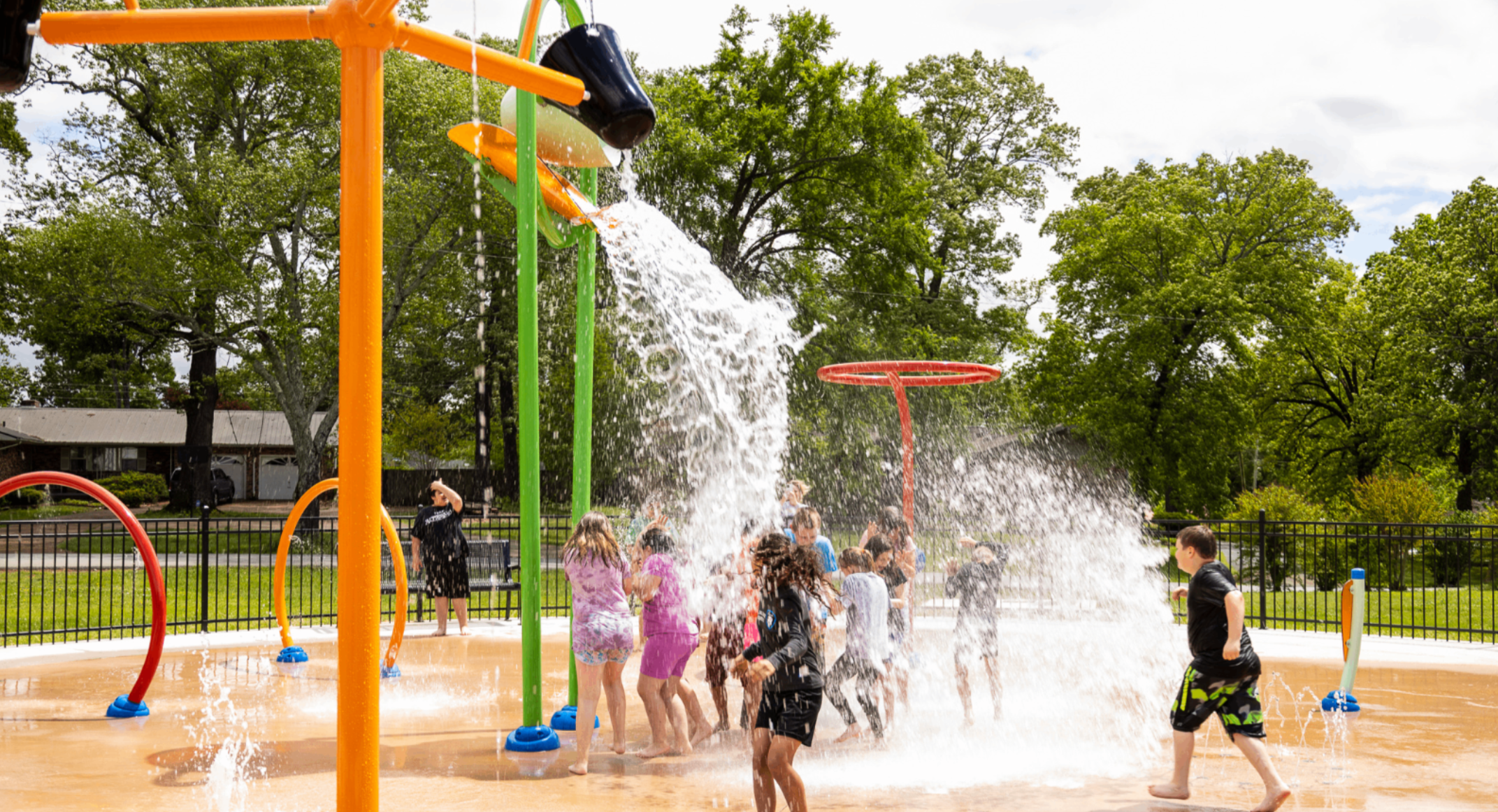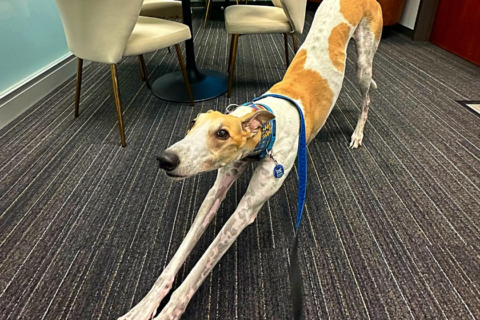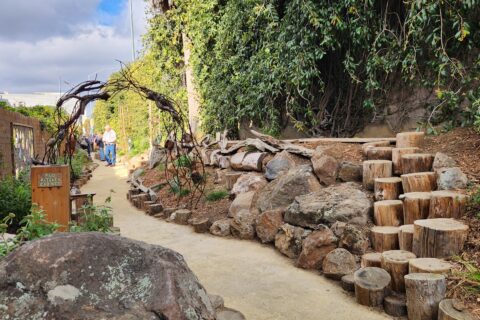By Mayor Rick Elumbaugh, Batesville, Arkansas
Before becoming Mayor of Batesville, AR, the population of 11,000, I was a Physical Education teacher and spent 32 years managing the municipal pools in the city. An avid mountain biker, I introduced the first mountain biking class in the state. I have personally experienced the importance of playing outside, exploring nature and being active for children’s healthy development. Extensive research backs my experience, as it proves that regular outdoor activity and access to nature improves kids’ social, emotional and physical health and can improve academic outcomes and motor skills.
This is why, as Mayor, it seemed like a win-win situation when I saw the opportunity to improve our public parks and recreation infrastructure while also providing Batesville’s children with increased opportunities to get outside, play in nature and enhance their developmental milestones. Luckily, the residents of Batesville agreed. In August of 2023, residents voted to pass the ballot issues that secured a $25 million investment for expansion and improvement of the city’s parks and recreation, plus additional investments in a new water treatment system.
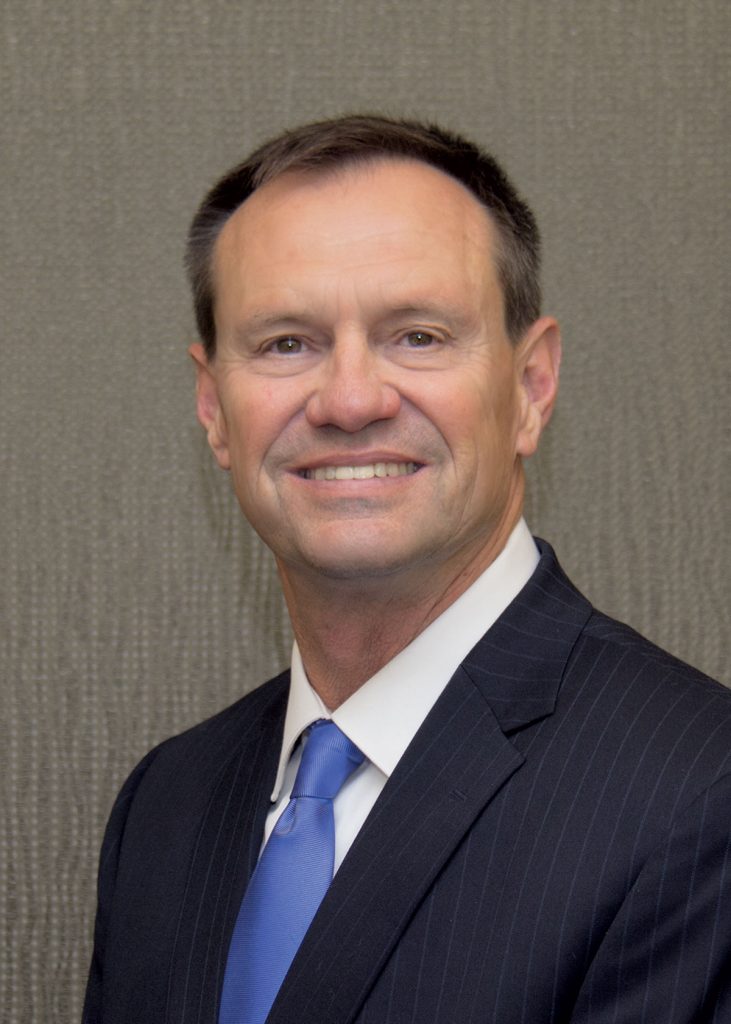
That vote was a crucial step in giving us the resources to improve our parks and recreational facilities and get a step closer to achieving one of my big goals as Mayor – making Batesville a city that enhances our residents’ health and well-being. This is particularly important for our young children since our Excel by Eight (E8) organization found that young children are entering kindergarten without developmentally appropriate fine motor and gross motor skills. We wanted to improve something about our systems to aid in changing that.
The data about our young children was gathered using the Early Development Instrument (EDI) as part of an Excel by Eight (E8) initiative. The E8 team, facilitated by Jamie Rayford, chief operating officer for the Batesville Area Chamber of Commerce, recognized that these skills could be improved through outdoor play, such as jumping, climbing, digging and balancing. Our team knew what our city needed, but they didn’t quite know how to go about achieving it.
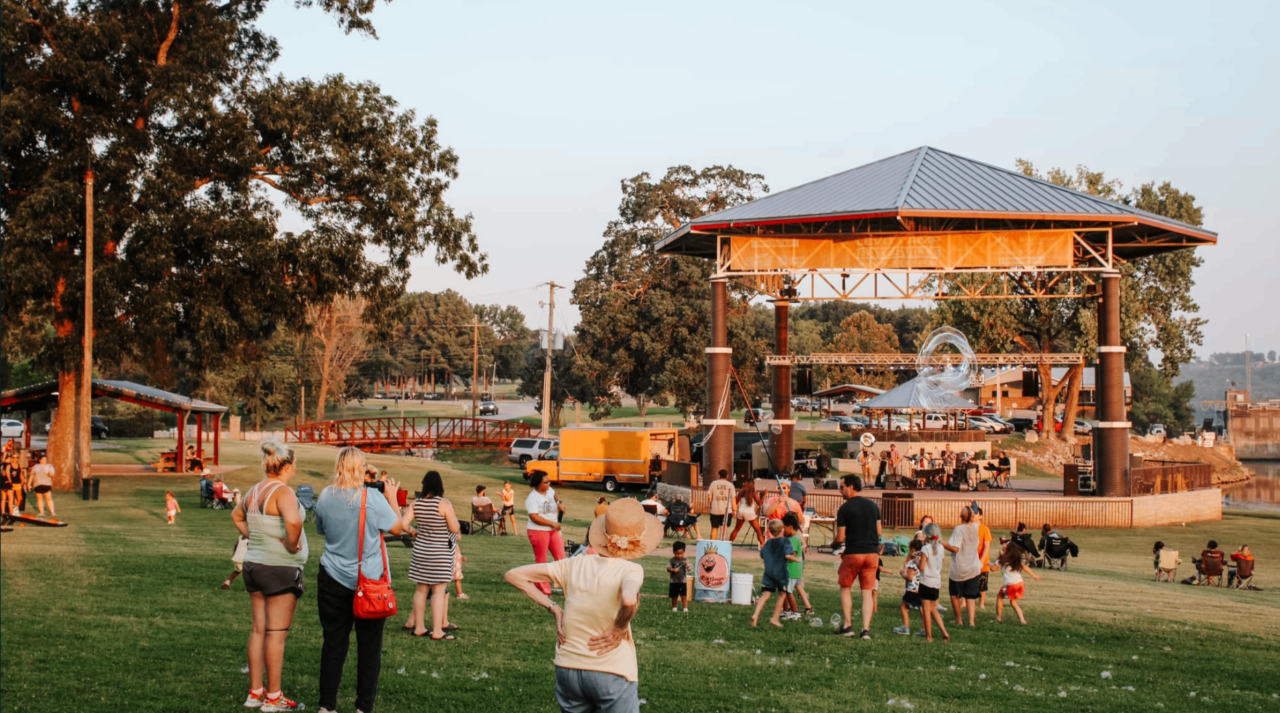
That’s when a cross-sector team from the Batesville Area Chamber of Commerce, the city of Batesville and the Batesville School District joined the Cities Connecting Children to Nature (CCCN) initiative, a joint partnership between the National League of Cities and the Children & Nature Network. Through CCCN, the Batesville team learned directly from other cities across the country and national content experts about achievable ways to integrate more nature and outdoor play into our city’s parks. This experience was eye-opening for our city.
The team deployed 5th graders to audit community parks and better understand what elements families and young children wanted to see in their parks to increase utilization and dwell time. This allowed us to listen to our community members and be more responsive to their needs. Listening has always been a cornerstone of my role as Mayor.
Through a grant from CCCN, the Batesville team created an interactive mapping platform with up-to-date data to identify areas where vulnerable young children have inequitable access to quality parks. The maps help identify areas of nature access and areas that need additional improvements or access to outdoor play areas. We originally used the maps internally to help make strategic decisions about resources but then turned the maps into storymaps to share with the public. These storymaps are beginning to give life to the work the Batesville team has been doing. It will help the public understand where they could access outdoor play areas and where the city will focus its resources for enhancements.
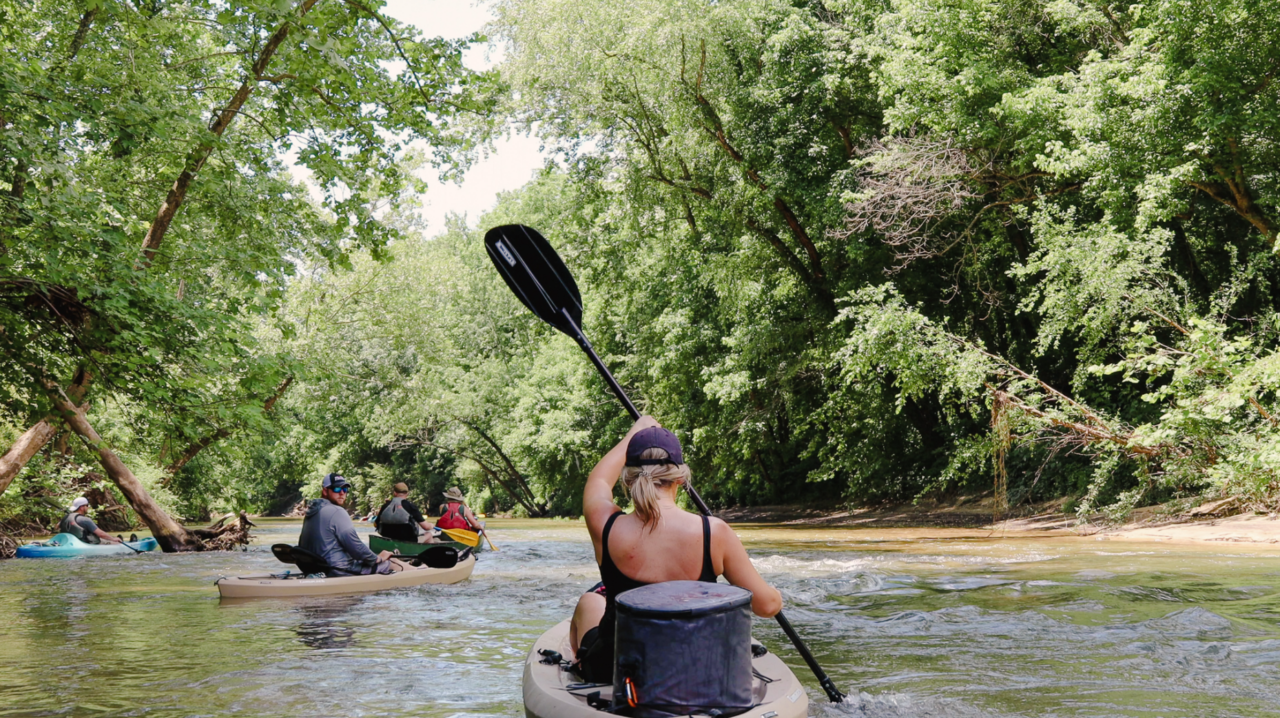
Since joining CCCN, the Parks department now encourages RFPs for playscapes to include early childhood amenities (using CCCN benefits language) and parks development has more holistically embraced family, caregiver, and subject matter expert engagement as part of the design process. This step was a culmination of what we learned from the data from the EDI, the knowledge gained from other cities through CCCN, and an understanding of what children wanted through the parks audit with local students.
As Mayor, it is my job to remove obstacles, seize opportunities and propel good ideas. To me, that’s exactly what the early childhood nature connection projects in Batesville represent. It is an alignment of so many city goals: from improving our parks infrastructure to responding to what the community wants to improve early childhood motor and social skills and so much more.
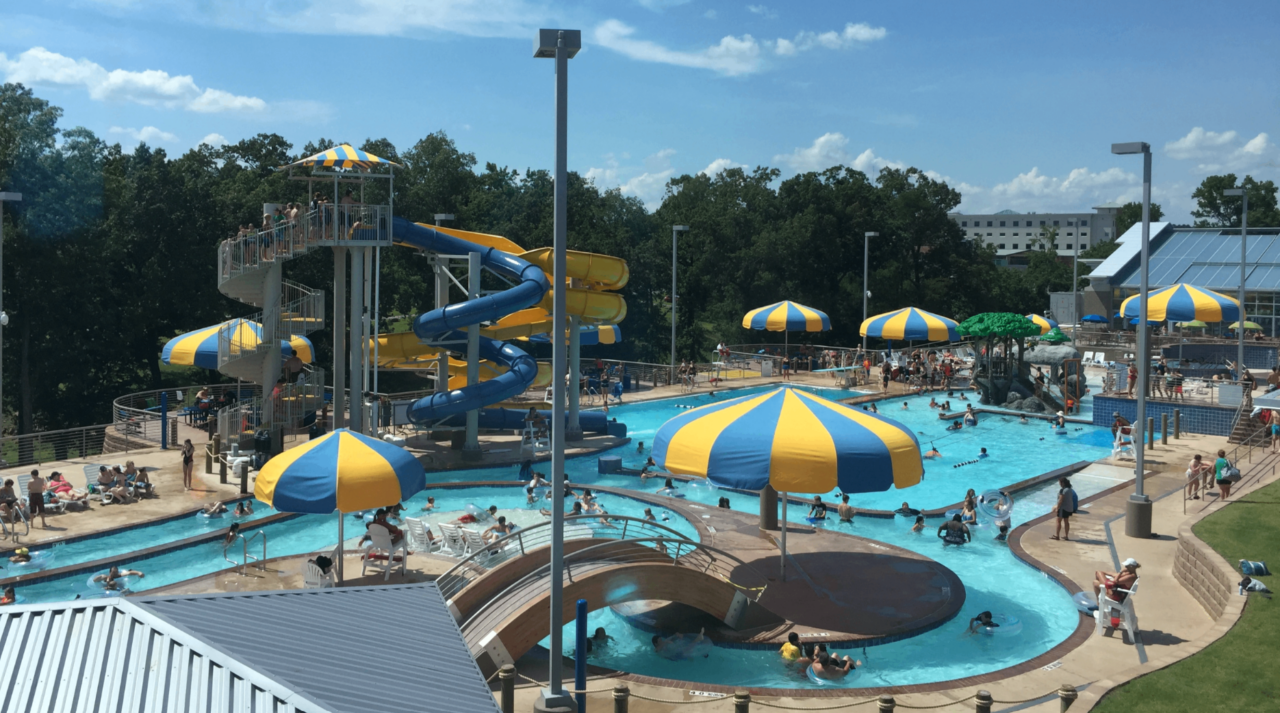
For us a small city in Arkansas, it can be difficult to know what is possible without seeing examples from other cities. That’s exactly what CCCN did for our city. We were able to learn from cities that had extensive parks and nature connection strategies. While the population sizes may vary, there was a shared vision among city leadership for the importance of nature play and regular access to the outdoors for healthy childhood development, and overall community health. It’s important to connect with other local municipal leaders to listen, learn and exchange ideas but also promising practices and solutions that work.
The way I see it, just because Batesville is a small city does not mean we can’t accomplish big things. We can take lessons from big cities and apply them to our city. That’s what we’ve done. I encourage other cities, regardless of your size, to think big.
Take the Nature Everywhere Community Action Challenge
Join the national peer network of community leaders working towards
equitable nature access by taking the Nature Everywhere Community Action
Challenge.
Nature Everywhere Communities builds on what we’ve learned from the Cities Connecting Children to Nature initiative, through which municipal leaders have been advancing equitable access to nature since 2014. Nature Everywhere Communities is an expansion of this work, recognizing that we need leaders from city government, education, nonprofits, philanthropy, community organizations and the private sector to drive systems-level change.
